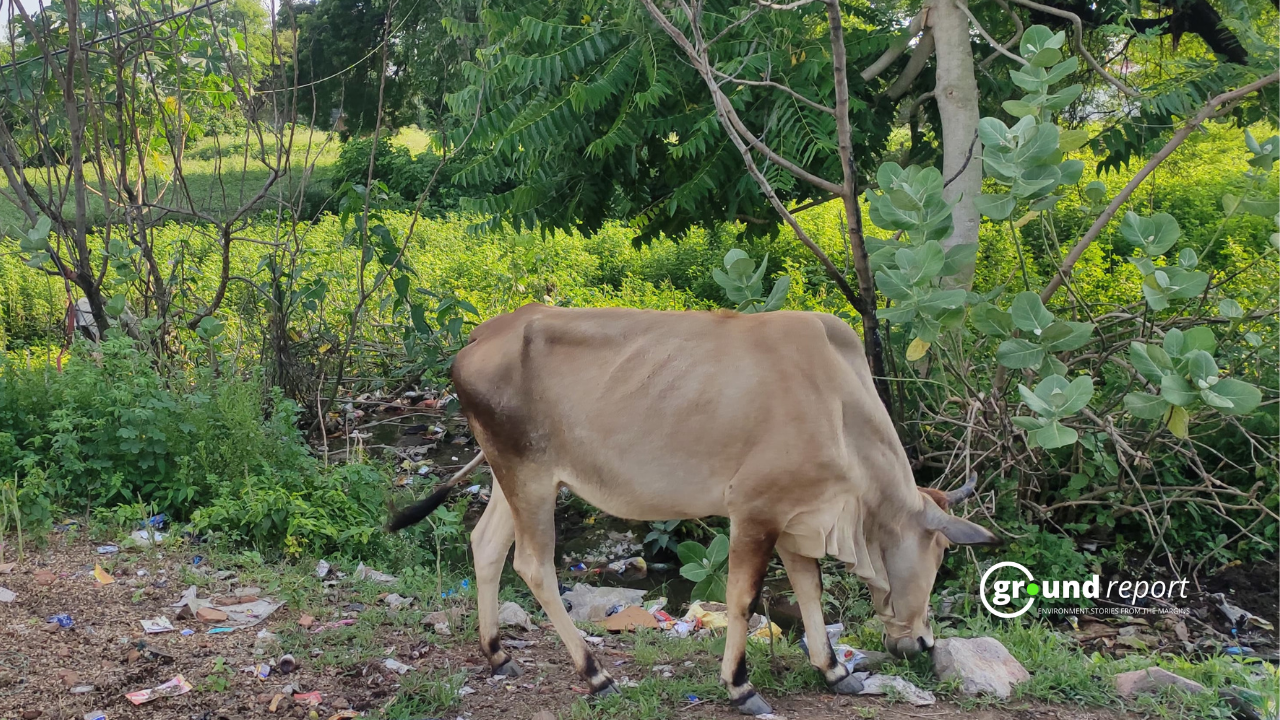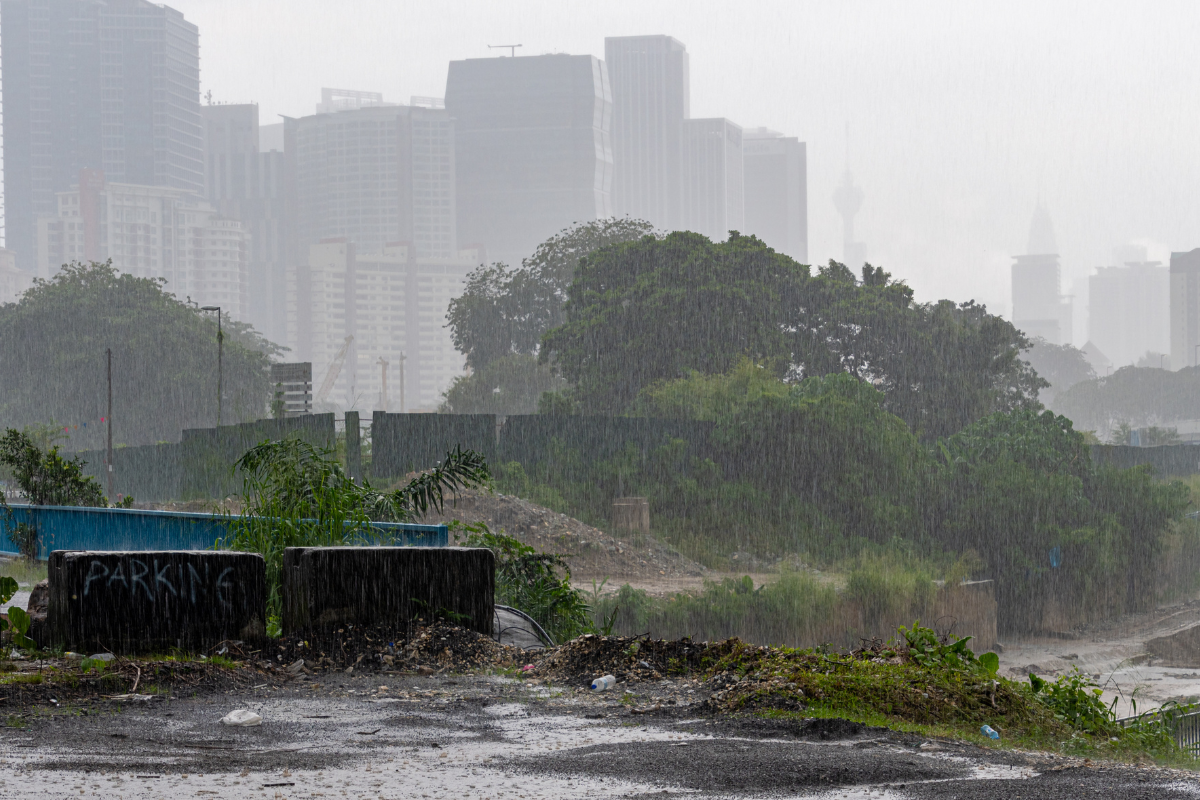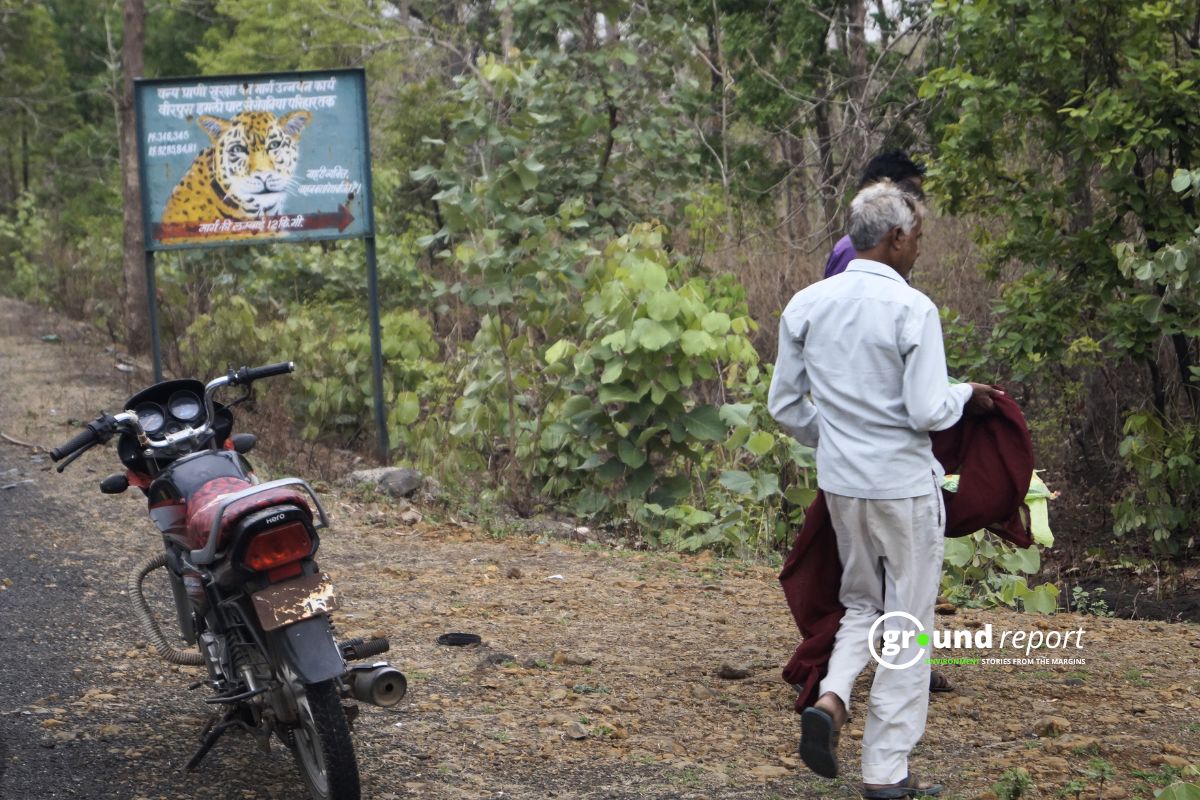India’s livestock population grew from 306.60 million in 1956 to 536.76 million in 2019—a 75% rise over six decades. Union Minister for Fisheries, Animal Husbandry, and Dairying, Rajiv Ranjan Singh, shared these figures during a recent Lok Sabha session. The cattle and buffalo population grew by approximately 49% during the same period.
India’s agrarian economy has historically depended on animal power for agriculture and transport. However, with mechanised farming tools like tractors, reliance on draught animals has decreased. This shift has altered livestock utility and posed challenges for associated industries, such as leather production.
Despite this, the livestock sector remains vital for rural livelihoods, with government initiatives supporting its growth and addressing evolving dynamics.
The Ministry emphasised its commitment to food safety, especially regarding milk and milk products. The Food Safety and Standards Authority of India (FSSAI) regularly conducts enforcement drives, inspections, and sampling to curb adulteration during festive seasons. A 2023 national survey tested over 10,000 milk samples, with 98% found safe for consumption.
FSSAI’s “Food Safety on Wheels” initiative deploys mobile units for testing, awareness campaigns, and capacity building. In the festive season of 2024, these units conducted over 95,000 tests and identified 5,099 non-compliance cases.
21st livestock census
The 21st Livestock Census, conducted in October 2024, highlights a 4.8% rise in India’s livestock population since 2012. The census, encompassing 16 species, offers insights into the sector’s composition and growth trends.
Key findings:
Overall growth: Rural areas account for 95.78% of livestock, with a 4.56% increase, while urban areas saw an 11.19% rise.
Bovine population: Cattle, buffalo, mithun, and yak total 303.76 million, a 1.3% increase.
Milch animals: The milch animals population rose by 6% to 125.75 million, boosting milk production potential.
Goat and sheep boom: Goats increased by 10.1% to 148.88 million, and sheep by 14.1% to 74.26 million.
Poultry Surge: Poultry grew by 16.8% to 851.81 million, with backyard poultry up 45.8%.
Declines: Pigs decreased by 12%, horses and ponies by 45.2%, donkeys by 61.2%, and camels by 37.1%.
Beyond numbers
The 21st Livestock Census provides a holistic view of the sector, addressing critical aspects such as:
Breed diversity: Data on 219 indigenous breeds highlights the importance of preserving genetic resources.
Pastoral communities: New data on pastoralists reveals their socio-economic conditions and contributions.
Women’s role: Gender data highlights women’s significant involvement in livestock rearing.
Stray animals: Information on stray cattle addresses animal welfare and public safety concerns.
The census is crucial for achieving Sustainable Development Goals (SDGs), especially Goal 2: Zero Hunger. The data helps maintain genetic diversity in food production systems by monitoring local livestock breeds and their extinction risks.
Insights from the 21st Livestock Census will guide policymaking and initiatives to improve animal health, productivity, and welfare. This foundation will ensure the livestock sector remains sustainable, supporting rural livelihoods and contributing to India’s economic resilience.
Support us to keep independent environmental journalism alive in India.
Keep Reading
Watch: Kashmir experiences first snowfall of season after dry spell
Amarnath Yatra: Tackling rising death toll from extreme weather events
Tourists arrival in Kashmir break records, a need to regulate it?
From tourist paradise to waste wasteland: Sindh River Cry for help
Follow Ground Report on X, Instagram and Facebook for environmental and underreported stories from the margins. Give us feedback on our email id greport2018@gmail.com.
Don’t forget to Subscribe to our weekly newsletter, Join our community on WhatsApp, and Follow our YouTube Channel for video stories.








